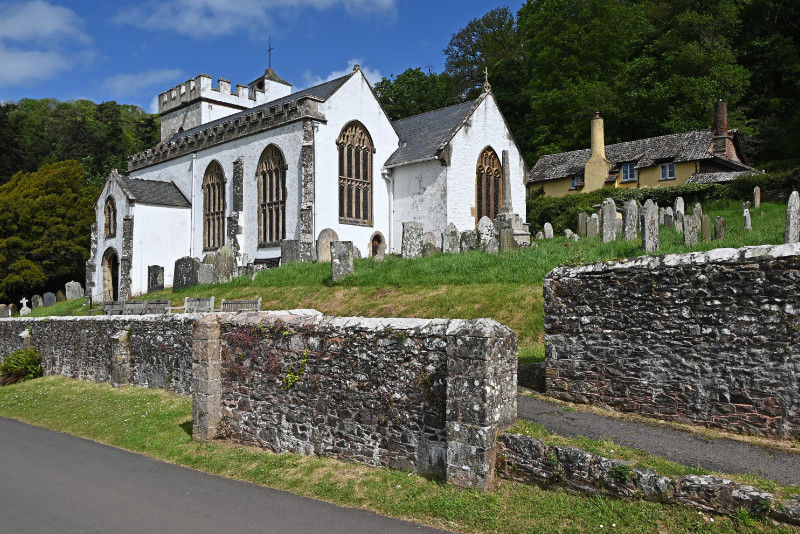The poet, Samuel Taylor Coleridge, (1772-1834) was inspired, it is said, by the harbour town of Watchet in Somerset, to write "The Rime of the Ancient Mariner". Whether or not this is true, the town features a sculpture of the seaman with the albatross that he killed. In addition, the rear of the painted sea-wall features historic episodes in the town's past that includes an illustration of Coleridge. The herring gull obliged me by appearing above the poet as I framed my shot.
photo © T. Boughen Camera: Nikon Z 5
















